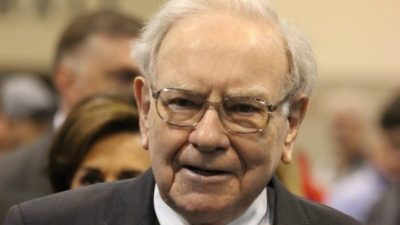The asset manager Vanguard offers several compelling ASX index funds that investors could use to build a very pleasing level of annual dividend income by retirement.
One of the best reasons to like Vanguard is that it tries to offer investment products with as low costs as possible. Vanguard doesn't have institutional shareholders wanting ever-growing profits. Instead, the investors in the ETFs (and other products) themselves are the owners of Vanguard – profits are shared via the low fees.
We may not think of index funds on the ASX as options for retirement dividend income. But the two options below are ones to consider, in my view.
Vanguard Australian Shares Index ETF (ASX: VAS)
The VAS ETF aims to track the S&P/ASX 300 Index (ASX: XKO), which includes 300 of the biggest companies on the ASX.
The biggest businesses are names like Commonwealth Bank of Australia (ASX: CBA), BHP Group Ltd (ASX: BHP) and CSL Ltd (ASX: CSL).
Many of the larger businesses in the VAS ETF portfolio are known for paying sizeable dividends, with relatively high dividend payout ratios. This enables the VAS ETF to provide a fairly attractive dividend yield to investors. I'm thinking of names like National Australia Bank Ltd (ASX: NAB), Westpac Banking Corp (ASX: WBC), Woodside Energy Group Ltd (ASX: WDS), and Telstra Group Ltd (ASX: TLS).
According to Vanguard, the VAS ETF has a dividend yield of 3.5% (and then we can add the franking credits on top of that).
Since inception in May 2009, this Vanguard ASX index fund has delivered an average return per annum of 9.2%.
Vanguard MSCI Index International Shares ETF (ASX: VGS)
The VGS ETF tracks the return of the MSCI World ex-Australia Index, which essentially means the global share market with companies listed in major developed countries.
This is a very appealing ASX ETF because it gives broad exposure to the global economy, with over 1,360 positions from numerous markets. It covers not just the US but also Japan, the UK, Canada, France, Switzerland, Germany, the Netherlands, Denmark, and more.
VGS ETF gives exposure to businesses such as Apple, Microsoft, Nvidia, Alphabet, Amazon, Meta Platforms, and many more.
Since its inception in November 2014, the fund has delivered an impressive return of approximately 13% per annum. However, it only has a dividend yield of 1.7%.
How to make significant dividend income by retirement
It's impossible to know what the returns and dividend yields of these ASX-listed index funds will be in the future.
But, if we regularly invested in both funds, we could do quite well. The average return between them has been around 11%. If we invested $750 per month and it grew by 11% per annum, it'd reach $1.79 million in 30 years, according to the Moneysmart compound interest calculator. Investing more or compounding for longer would create an even larger figure.
The average dividend yield of the two funds is currently 2.6% (excluding franking credits), though it could be higher in the future. If the $1.79 million balance paid a dividend yield of 2.6%, it would result in $46,500 of annual dividend retirement income. Not bad for investing just $750 per month.








